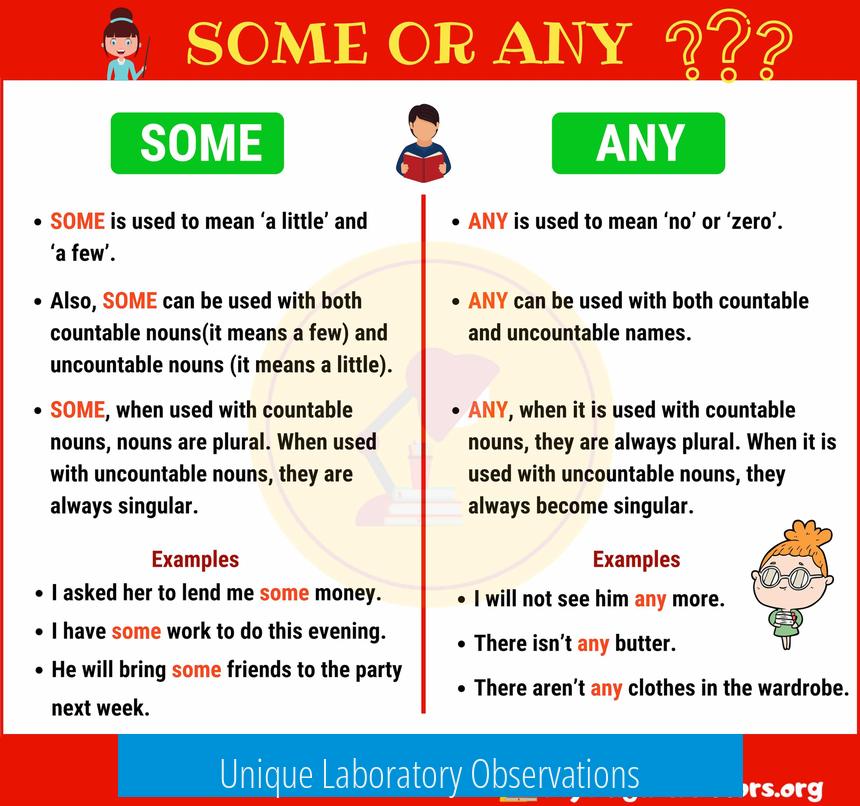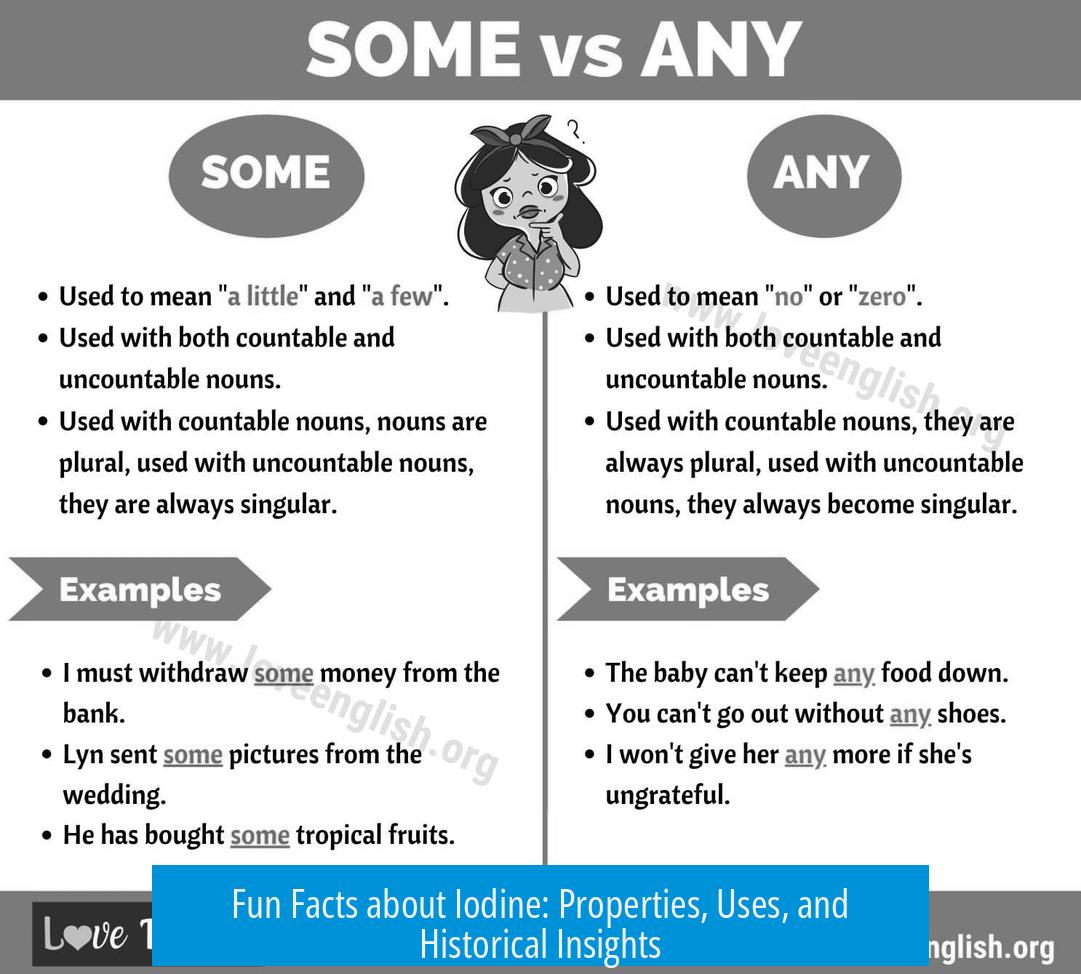Fun Facts About the Element Iodine

Iodine is a unique element known for its distinctive colors, important biological role, and diverse applications across chemistry and industry.
Physical Properties
Iodine does not simply sublimate at atmospheric pressure as often taught. Instead, between 114 °C and 184 °C, it exists as a dark violet liquid. Solid iodine is grey, while its vapor and liquid forms show a violet hue. This element is solvatochromic—its color changes depending on the solvent. For example, in water, iodine appears yellowish-brown, but in alcohols like ethanol or 1-butanol, it shifts to a reddish-brown shade.
Biological Importance
Iodine is vital for thyroid gland function. A lack of iodine in the diet causes thyroid failure. This is why iodized salt is widely used to prevent iodine deficiency. Seaweed, a common ingredient in sushi, provides a natural source of iodine, supporting thyroid health.
Uses and Applications
- Radiation Protection: Potassium iodide protects the thyroid gland from radioactive iodine during nuclear emergencies.
- Radiation Detectors: Iodine compounds serve in scintillators used to detect radiation.
- Chemical Industry: Iodine participates in palladium-catalyzed cross-coupling reactions and radical chemistry due to its easy abstraction from substrates.
- Semiconductors: Iodine improves conductivity in porous semiconductor materials.
- Cloud Seeding: Silver iodide crystals stimulate condensation in clouds to induce rain.
Unique Laboratory Observations

Heating iodine crystals produces a striking violet vapor. It dissolves in alkali and potassium iodide solution, forming the brown triiodide (I3-) ion, as found in Lugol’s solution. Adding hydrochloric acid to iodine dissolved in sodium hydroxide releases violet iodine vapor, a dramatic but fume hood–required demonstration.
Historical Note
Notably, iodine’s symbol was “J” on the Soviet periodic table, differing from the modern “I.”
Key Takeaways
- Iodine shows varied colors due to solvatochromism and phase changes.
- It is essential for thyroid function and widely used in iodized salt.
- Applications range from radiation protection to semiconductors and cloud seeding.
- Laboratory experiments with iodine produce distinctive violet vapors.
- Its historical symbol “J” differs from the modern “I.”





Leave a Comment